Summary
- Hand Traps like Ash Blossom offer value on your opponent’s turn.
- Normal Traps like Mirror Force must offer immediate value to be effective.
- Floodgates such as Skill Drain and Summon Limit are best played going first.
The Yu-Gi-Oh! TCG utilizes three different card types. These are Monsters, Spells, and Traps. Each one plays a unique role in tilting the game in your favor, but one type of card that is often sidelined in many decks are Traps. This is because many Traps are considered too slow to play unless they can be activated from the hand or set up on the first turn as part of a bigger strategy.

Related
Yu-Gi-Oh! TCG: 10 Best Cards Used By Joey Wheeler
Here are the best cards used by Joey Wheeler in Yu-Gi-Oh!
Of course, there are only three types of Traps in the game. These are Normal Traps, Continuous Traps, and Counter Traps. However, there are also many different types of Traps that deserve their own category since they differ so much from what the rest of the cards in their group can do. Some cards can even be considered honorary traps due to the way players treat them.
6
Hand Traps
An Honorary Trap Category
Hand Traps may not be Traps by design, but they fit into the category so well that players have officially referred to them as Hand Traps ever since they first appeared. Many Hand Traps fall into the Monster category. However, their abilities can be used during your opponent’s turn without having to Summon them or set them on the field. All they need is to be in your hand when your opponent tries to perform an appropriate effect.
Some of the best Hand Traps include Ash Blossom, Droll and Lock Bird, and Mulcharmy Fuwalos. Not all hand traps are Monster Cards though. Some Normal Traps also fall into this category, such as Infinite Impermanence, Dominus Impulse, and Dominus Purge. In a sense, they are the Traps that sit in your hand at the start of the duel, making it important for you to have them if you’re forced to go second.
5
Normal Traps
Your Standard Traps
Normal Traps are the standard type of Trap. These don’t stay on the field and have a spell speed of two. Normal Traps have seen plenty of play throughout the history of Yu-Gi-Oh! As one-off effects that allow the player to do something in response to one of your opponent’s plays. Some of the more iconic Normal Traps include Bottomless Trap Hole, Mirror Force, as well as the many in-archetype Traps that help specific monsters.
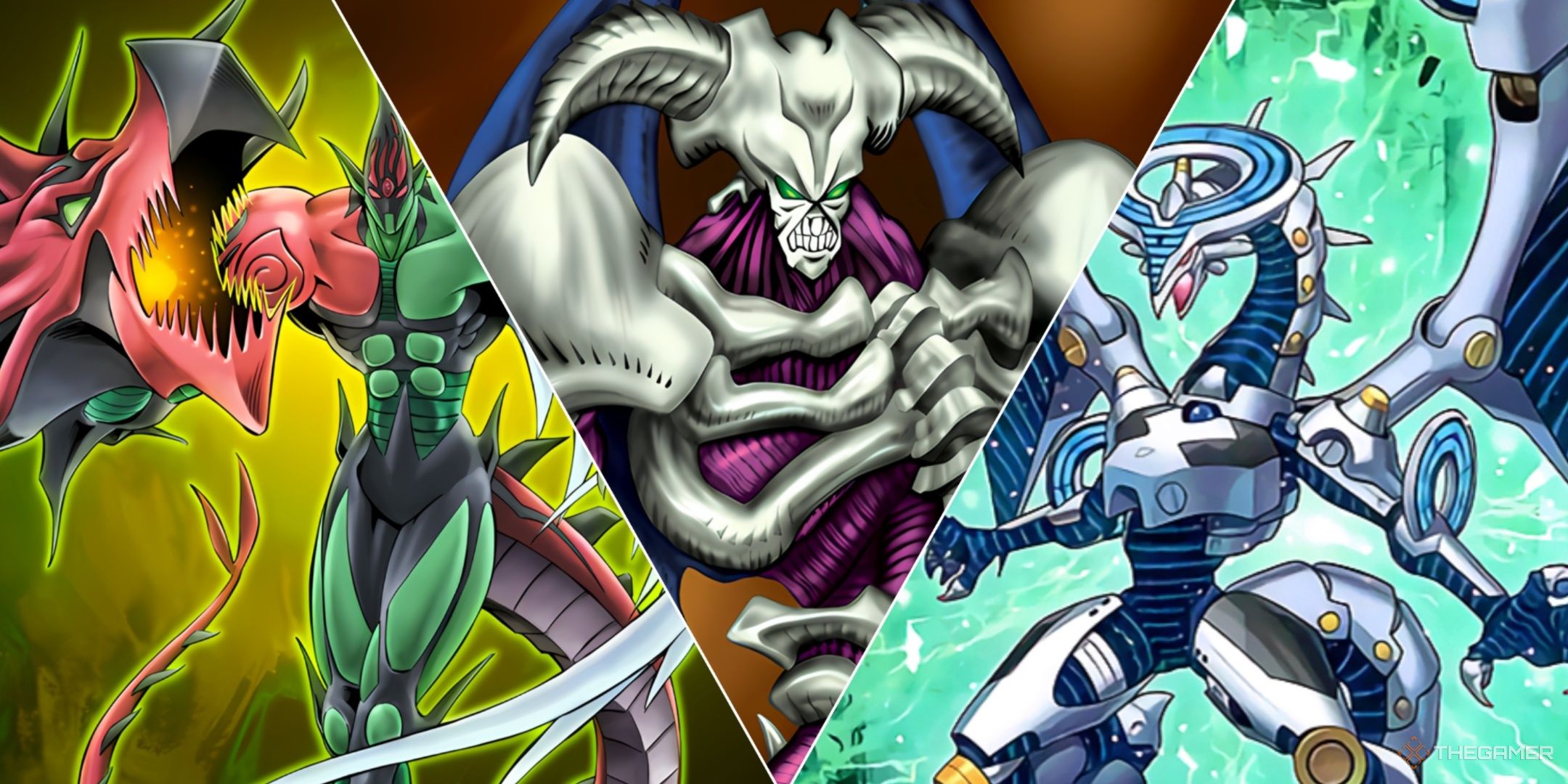
Related
Yu-Gi-Oh! Every Summoning Mechanic Ranked
Here are the best Summoning mechanics in Yu-Gi-Oh!
Normal Traps often don’t see much play unless they offer an effect that can be pulled off quickly or can be searched from the deck. This is because Traps are generally too slow unless they offer immediate value. Some Archetypes, such as Labyrinth and Dinomorphia use Normal Traps to Special Summon the necessary monsters. Meanwhile, cards like Infinite Impermanence, Evenly Matched, Dominus Impulse, all have the benefit of being activated from the hand.
4
Continuous Traps
Grandfather Of Various Subcategories
Continuous Traps have their ups and downs depending on what it does. Many Continuous Traps will add an additional rule for play that either one or both players will need to follow. This is the general concept behind Continuous Traps. Some of these effects include giving a player a consequence each time they perform a specific action or even locking a monster in place so it cannot be used.
The biggest downside to Continuous Traps is that they need to be face-up to have their effects stay active. Unlike Normal Traps, which will perform their effects then go to the graveyard, these Traps are vulnerable unless they have an effect that limits what your opponent can do. Fortunately, there is a subcategory that makes Continuous Traps all the more worthwhile if you can pull them off early in the game.
3
Floodgate Traps
So Abundant It Deserves A Category Of Its Own
Floodgates fall into the Continuous Trap category; however, many players treat them like their own separate thing due to how they are used. Floodgates are the most effective type of Trap if you go first. This is because they stop your opponent from playing the cards they need to get to full power.
Cards like Skill Drain, Summon Limit, Anti-Spell Fragrance, Gozen Match, and Rivalry of the Warlords are all powerful Continuous Traps since they either stop monsters from being summoned, using their effects, or limit the combination of cards that can be on the field at any time.
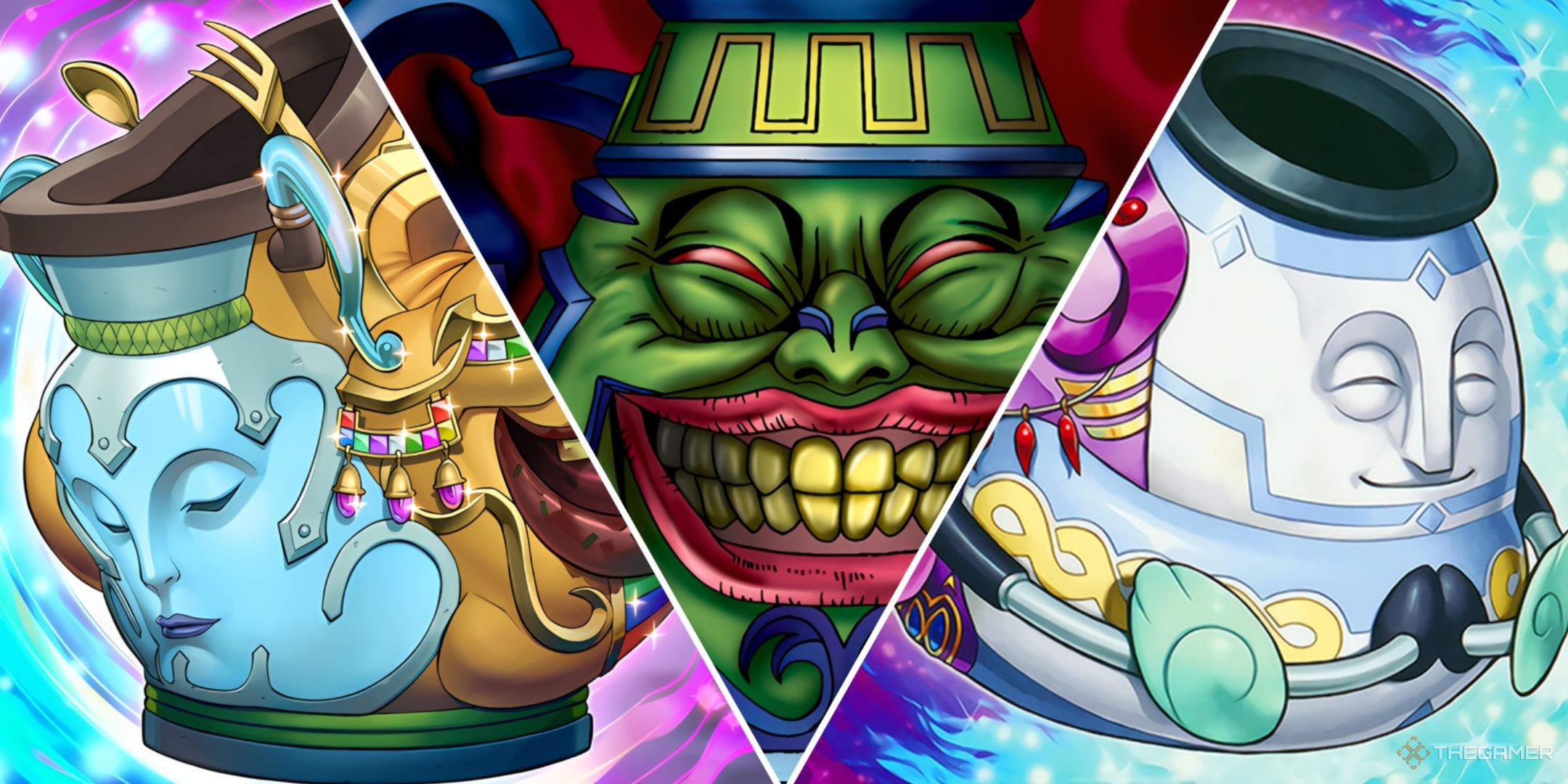
Related
Yu-Gi-Oh!: Every Pot Spell Ranked
Take a sip from one of Yu-Gi-Oh!’s infamous pot cards.
This makes the Continuous Trap category strong. However, their usefulness is often strongest when the player trying to utilize them is going first. If you’re going second, then your opponent will more than likely be able to pull off whatever your floodgates are trying to stop in the first place.
2
Trap Monsters
A Niche Trap Mechanic
Trap Monsters are often considered their own subcategory of Continuous Trap due to how niche their effects are. These Traps tend to act like monsters which, when activated, will be Summoned to the field with whatever stats are specified on the card text. While Trap Monsters don’t see much play throughout the history of Yu-Gi-Oh!, there have been some standouts that make the subcategory work to their benefit.
Eldlitch uses them to both get Zombies on the field while also getting out their boss monster. Meanwhile Paleozoics can hit the field from both the Spell and Trap Zone as well as the graveyard. Meanwhile, other archetypes have Trap Monsters available to them as a means to extend plays. Examples of this would be Traptrix and Gate Guardian, which have Trap Monsters that have multiple effects both on the field and in the graveyard.
1
Counter Traps
Counters That Are Difficult To Counter
Counter Traps are both some of the strongest cards in the game and the weakest. This is because they usually respond to one specific action in order to counter it. So, if your opponent wants to Summon a monster or activate a Spell, you can negate it as long as you have the right Counter Trap face down.
Counter Traps are also Spell Speed Three, making them difficult to stop unless you have another Counter Trap. However, the downside is that many of these cards will require your opponent to meet the conditions, such as targeting a specific monster type on your side of the field to destroy it.
Luckily, the Counter Trap category is also home to some of the strongest types of negates in the game. This includes cards like Solemn Judgement, Solemn Strike, or Red Reboot. These are some of the more splashable Counter Traps with less specific and more common activation requirements.
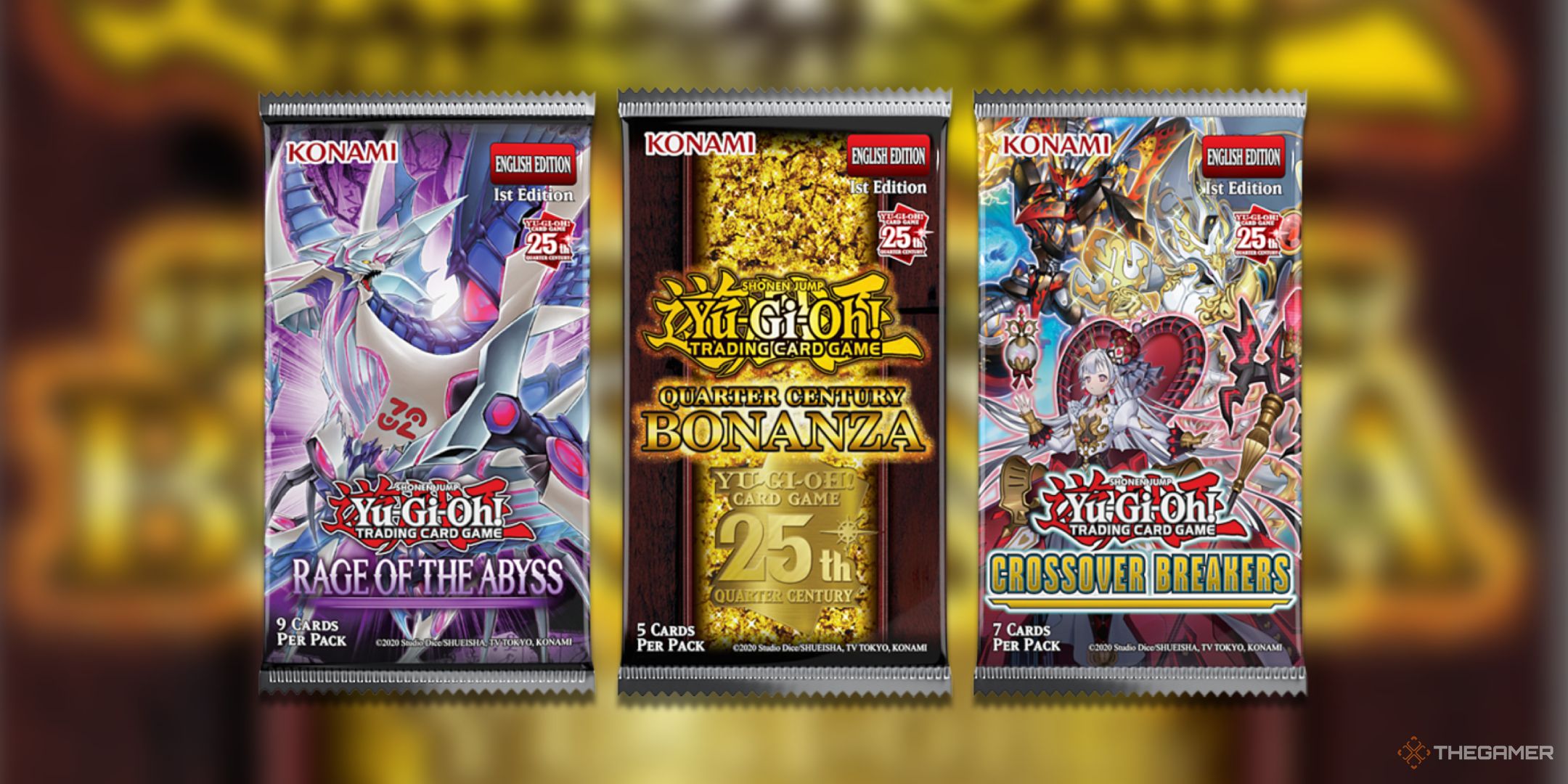
Next
Yu-Gi-Oh!: The 11 Best Sets Of 2024
Here are the best sets of 2024 in Yu-Gi-Oh!
Source link

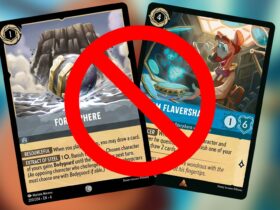




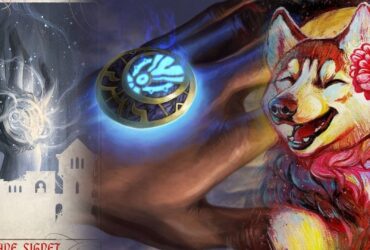

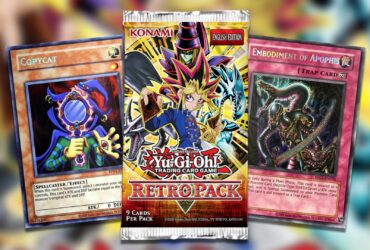


Leave a Reply